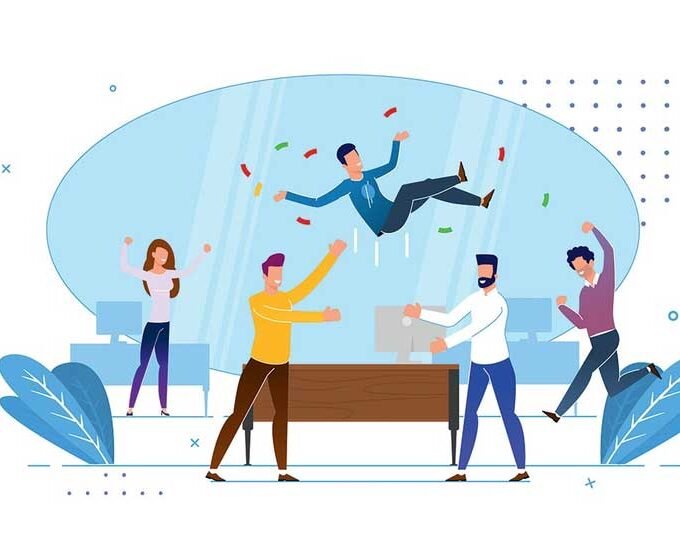The era of simple supplier relationships is, unfortunately, over. Geopolitical risk in supply chains poses a threat that knows no borders and can disrupt even seemingly stable production processes. From tensions in key transit hubs to sudden shifts in international relations, each of these factors demands a new approach to planning. Companies that can identify geopolitical risks early and build robust prevention systems gain a decisive competitive advantage.
Over the past thirty years, global supply chains have undergone a series of significant changes. Geopolitical risk has gradually become an integral part of strategic planning, with impacts that go far beyond direct business relationships. Understanding this new reality requires a shift in mindset—from reactive problem-solving to proactive identification of potential threats.
The Anatomy of Geopolitical Risk in Manufacturing
The nature of geopolitical threats differs fundamentally from traditional manufacturing risks. While technical issues or supply disruptions usually have clear causes and solutions, geopolitical factors operate in a gray zone of uncertainty. Regional tensions often develop over months or even years before escalating into open conflict. Trade restrictions arise as reactions to diplomatic disputes that may appear unrelated to production at first glance.
What does the spectrum of geopolitical risks include?
- military conflictsand armed clashes in key manufacturing regions,
- trade wars and tariffsthat disrupt established supplier relationships,
- sanctionsthat limit access to raw materials or critical technologies,
- regulatory changes requiring costly adjustments to production processes,
- political instabilityleading to the disruption of logistics routes,
- cyberattackswith geopolitical motives that paralyze digital infrastructure.
For example, tensions in a region concentrated on rare earth metal mining can threaten the entire technology sector. Likewise, a diplomatic dispute between two countries can result in tariffs that raise the cost of automotive components by dozens of percent.
A defining characteristic of these risks is their unpredictability. Traditional analytical tools often fail because geopolitical events follow the unique logic of political and strategic interests. Companies must therefore expand their monitoring systems to include new vectors of attention—tracking diplomatic relations, analyzing regional stability, and evaluating political trends in their suppliers’ countries.
Domino Effect—When a Local Problem Paralyzes Global Production
Modern supply chains operate on the just-in-time principle and keep inventory levels to a minimum. While this approach is highly efficient, it becomes an Achilles’ heel in times of geopolitical crisis. A disruption in just one region can trigger a cascade of issues that spread throughout the entire chain at a speed most traditional contingency plans aren’t built to handle.
Effective risk management in the supply chain requires a deep understanding of interdependencies. An electronics manufacturer may not have a direct supplier in the affected region, but a second- or third-tier sub-supplier might rely on a critical component from there. Without thoroughly mapping the entire ecosystem, these hidden dependencies remain invisible until they cause a production halt.
Real-world examples show how serious these disruptions can be. A blocked maritime route can delay shipments by weeks, forcing companies to switch to more expensive air transport. Export restrictions on strategic materials demand a rapid search for alternative suppliers in other regions. Each of these situations puts the resilience of the supply chain—and the company’s ability to adapt—to the test.
Turning Geopolitical Risk into Opportunity
Geopolitical risk in the supply chain doesn’t have to represent a threat alone. Companies that manage these challenges effectively can, paradoxically, gain a competitive advantage. Diversifying suppliers across different regions reduces dependency on a single source and opens up opportunities for negotiating better terms. Building strategic stockpiles of critical components provides a buffer to adapt to changing conditions.
Investing in advanced analytics allows companies to identify early warning signs of emerging issues. Systems that monitor political developments, economic indicators, and social tensions in supplier regions help transform vague risks into actionable scenarios. Based on this data, companies can create response plans that cut reaction times from weeks to days—or even hours.
The most successful firms go even further. They establish relationships with alternative suppliers before a crisis hits, invest in technologies that enable rapid production reconfiguration, and build flexible logistics networks. This level of preparedness not only helps them survive turbulent times but also seize market share from less agile competitors.
Avoid Geopolitical Supply Chain Risk by Building a Resilient Manufacturing Network Within the Organization
The traditional reactive approach to supply chain risk management is no longer sufficient. Companies need systems that can anticipate problems and automatically trigger preventive measures. Mapping supply chains down to the third or even fourth tier reveals hidden dependencies and enables the creation of realistic risk maps.
Technology plays a crucial role:
- Artificial intelligenceanalyzes massive volumes of data from various sources and identifies patterns that signal potential issues.
- Predictive models assess the likelihood of different scenarios and recommend optimal response strategies.
- Digital twinsof supply chains simulate the impact of various events and test the effectiveness of proposed actions.
Building supply chain resilience also requires a shift in corporate culture. Procurement, logistics, and risk management departments must collaborate toward shared goals. Regular crisis simulations test organizational readiness and reveal process weaknesses. Only a combination of technology, processes, and human insight can create a truly robust system.
The Way Forward
Geopolitical risk has become an integral part of global business, and its intensity is likely to increase. Companies that acknowledge this reality and build adaptive management systems will gain a decisive advantage. Investing in resilience today means securing production continuity tomorrow.
















